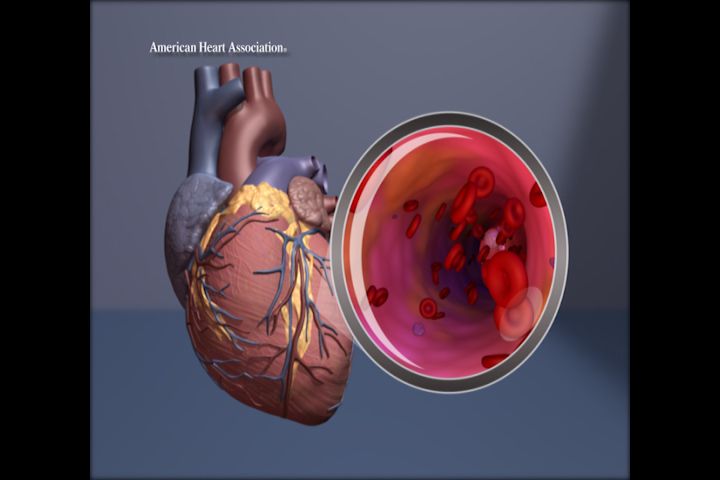FAQ: Stress Cardiac MRI for Improved Angina Diagnosis and Treatment

Summary
Stress cardiac MRI testing can help diagnose microvascular angina in patients with chest pain even when coronary angiograms show no blocked arteries. This approach led to improved diagnosis and significant quality of life improvements for patients in a recent study.
What is the main finding of this research on stress cardiac MRI?
The research found that chest pain may still be angina even when coronary angiogram testing shows the main heart arteries appear clear, and stress cardiac MRI testing uncovered small vessel problems in about half of participants who had prior coronary angiography indicating no obstructive coronary artery disease.
Why is this research significant for patients with chest pain?
This is significant because about half of all patients with angina who undergo coronary angiogram testing have no obstructive coronary artery disease identified, and stress cardiac MRI can help correctly diagnose microvascular angina, leading to major improvements in chest pain and quality of life.
How does stress cardiac MRI improve angina diagnosis compared to traditional methods?
While coronary angiogram alone may not always explain chest pain, stress cardiac MRI measures blood flow around the heart and can detect small vessel problems that angiograms might miss, providing a functional test of blood flow.
Who conducted this research and where was it presented?
The study was conducted by Professor Colin Berry, M.B.Ch.B., Ph.D., from the University of Glasgow and Golden Jubilee University National Hospital, and was presented at the American Heart Association’s Scientific Sessions 2025 in New Orleans.
What were the key results of the CorCMR trial mentioned in the study?
In the CorCMR trial with 250 adults with chest pain but no blocked coronary arteries, stress cardiac MRI led to more people being correctly diagnosed with microvascular angina and resulted in major improvements in chest pain and quality of life after six months to one year.
Who is most likely to benefit from stress cardiac MRI testing for angina?
Women are more likely to have small vessel angina that otherwise goes unrecognized, making them particularly good candidates for stress cardiac MRI testing when they have chest pain but clear coronary arteries on angiogram.
What is microvascular angina and how is it different from traditional angina?
Microvascular angina involves problems with the small vessels of the heart rather than blockages in the main coronary arteries, which means patients can have real angina symptoms even when their main heart arteries appear wide open on traditional testing.
What should patients know about the current status of this research?
This study is currently a research abstract presented at a scientific meeting and the findings are considered preliminary until published as a full manuscript in a peer-reviewed scientific journal.
How many patients were involved in the study and what was the study design?
The study involved 250 adults with chest pain but no blocked coronary arteries who were randomly assigned to two groups - one where stress cardiac MRI results were used to guide treatment and one where results were not disclosed, with neither participants nor doctors knowing which group they were in during the study.

This story is based on an article that was registered on the blockchain. The original source content used for this article is located at NewMediaWire
Article Control ID: 279749